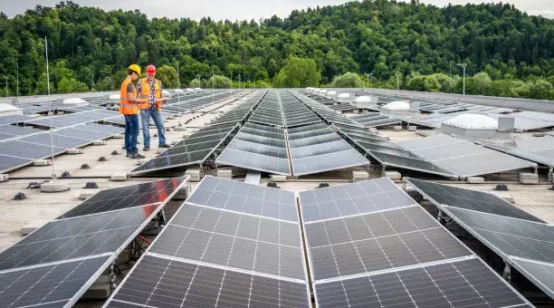
Iran’s foreign minister, Mohammad Zarif, visited his Chinese counterpart, Wang Li, late last month to update a comprehensive bilateral strategic partnership signed in 2016.
Plans for a cash injection of US$400 billion were revealed by the trade magazine Petroleum Economist.
China is purportedly ready to invest US$280 billion over five years developing Iran’s oil, gas and petrochemicals sectors.
Another US$120 billion is expected to be invested in upgrading Iran’s transport and manufacturing infrastructure.
China is looking to exploit Donald Trump’s aggressive foreign and trade policies to set up an economic order to rival the west.
The investment is purportedly being designed to minimise repercussions for Chinese companies under Trump’s sanctions.
China is due to avoid dollars by using the yuan along with weaker currencies from international trade with African states and other smaller economies. Beijing aims for the yuan to rival the dollar in international markets.
The Chinese, in exchange, will be able to buy Iranian oil, gas and petrochemical products at a guaranteed discount of at least 12 per cent and will get the first refusal on Iranian fossil fuel projects.
As further evidence of how Iran is being pushed into China’s sphere of influence, Beijing will be able to deploy 5,000 security personnel in Iran to secure investments and guard supply lines, including in the Persian Gulf.
The Strait of Hormuz is 34km wide and around 18.5 million barrels of oil passes through it each day. Around 20 per cent of the world’s oil travels through what the US Energy Information Administration calls the planet’s “most important oil transit chokepoint”. More than 90 per cent of Saudi oil exports travel through the strait along with oil from Kuwait, Qatar, Bahrain, Iran, Iraq and the UAE.
Iranian Supreme Leader Ayatollah Ali Khamenei has refused to compromise with the US or hold talks, despite domestic economic hardship.
But it is unsure whether the Chinese will be able to fill the economic void.
China has previously been criticised for failing to deliver on previous investment promises for Iran. The Chinese state-run oil companies CNPC and Sinopec already have a significant presence in Iran, often filling a vacuum created by the retreat of European firms who withdrew amid fears of US sanctions.
Trade volumes between China and Iran increased from US$7 billion in 2007 to US$45 billion in 2014-15 before then US President Barack Obama’s sanctions against Tehran were eased.
Iranian ships are known to be transferring oil to Chinese tankers with satellite transponders turned off to avoid detection.
China is always looking for reliable sources of oil. Picture credit: GoodFreePictures





